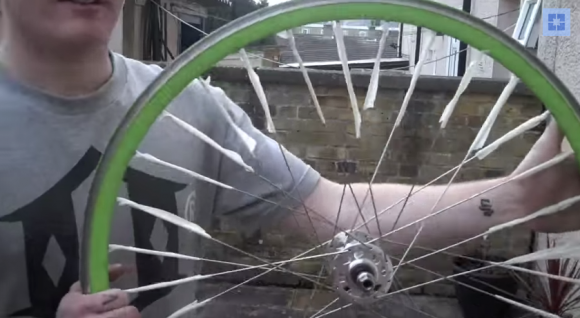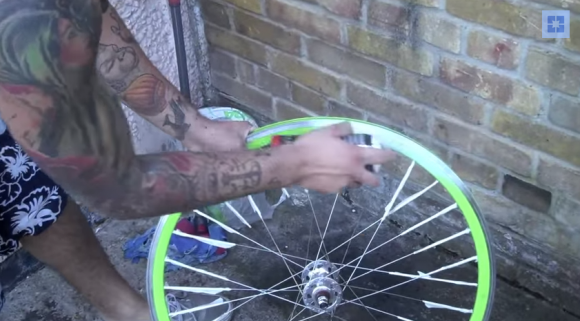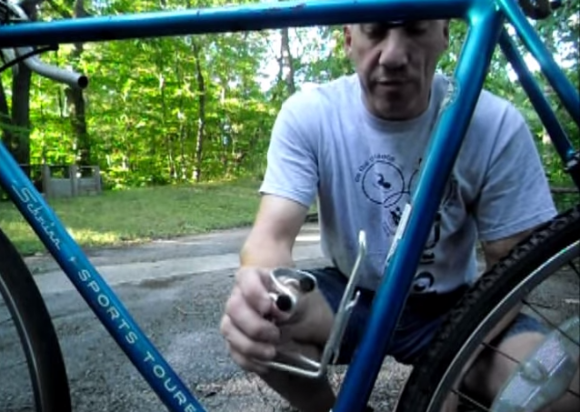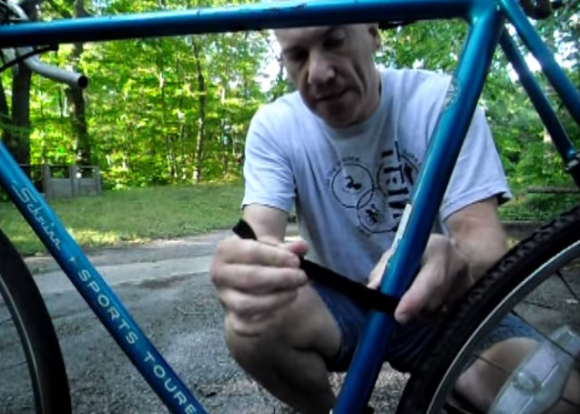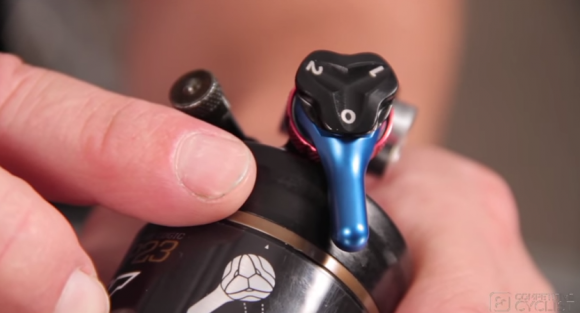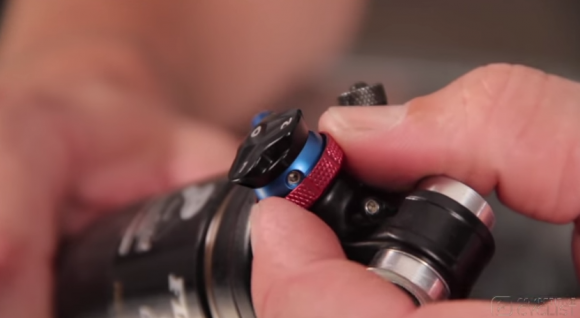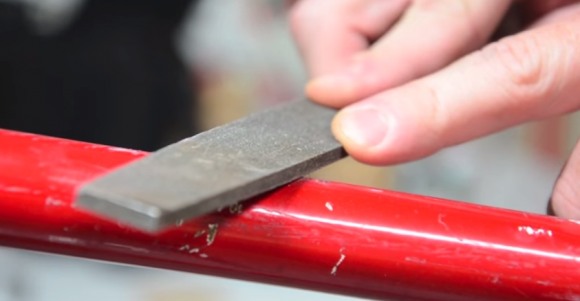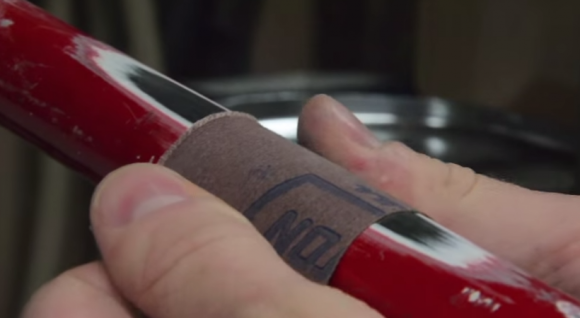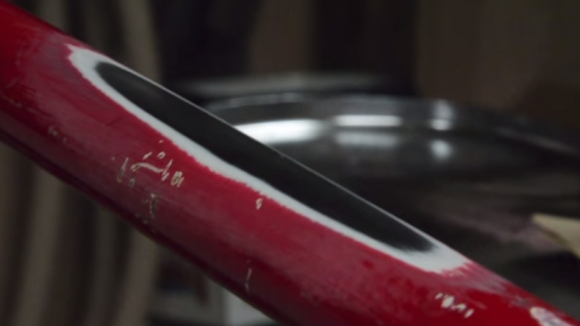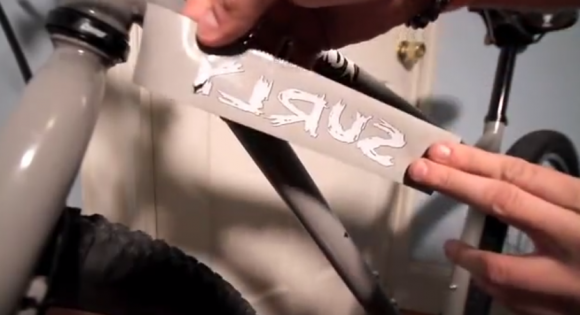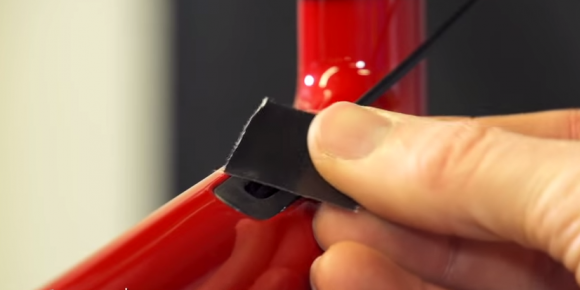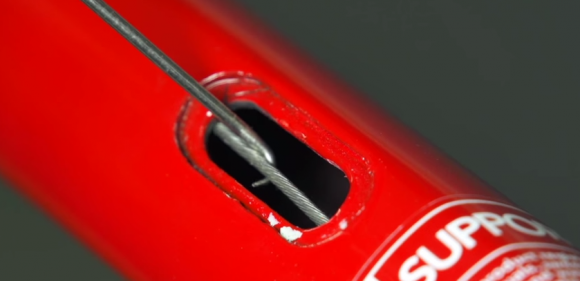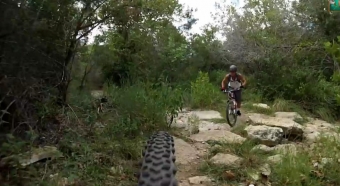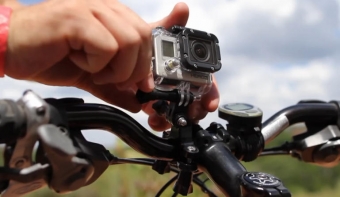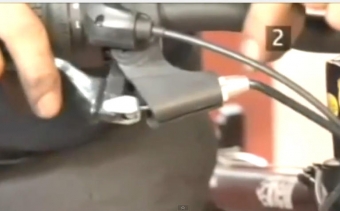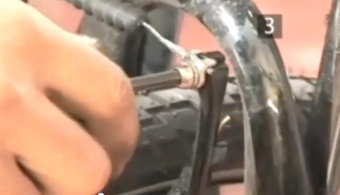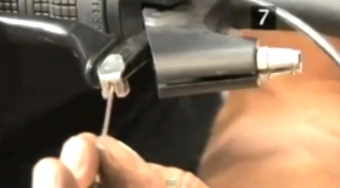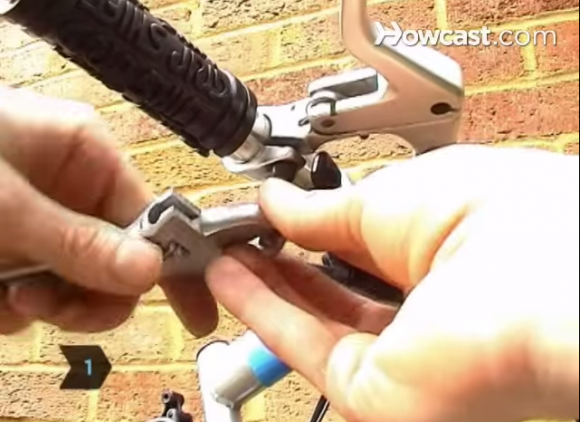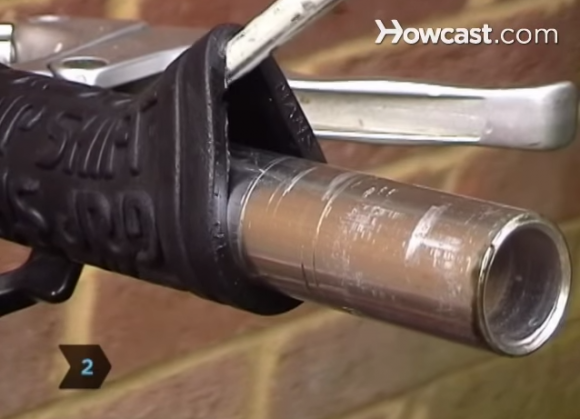DIY How to Tighten Loose Water Bottle Bosses/Rive-nuts
“I have an old CAAD 6 road frame and the lower water bottle boss on the down tube has come loose. Do you have any tips to fix it?”
Water bottle bosses are also known as rive-nuts, and they are a combination of a rivet and a nut. They tend to come loose when water bottles contact the head of the water bottle cage bolt when returning the bottle to the cage. This problem can be partially prevented by using button head water bottle bolts that sit lower in the cage to avoid impacts.
Since it’s too late for a preventative solution in this case, I have a little trick that you can use at home to tighten down that rive-nut. The tools you’ll need for the job consist of a long m5 bolt (preferable a socket head, and allen wrench, an m6 nut, and a 10mm open end wrench.
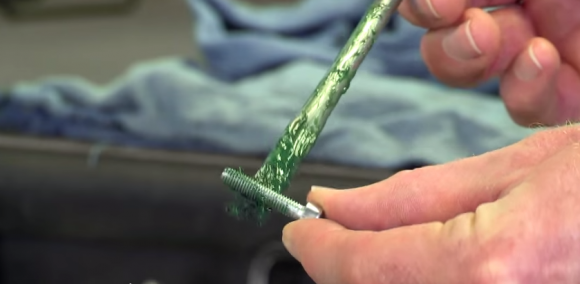
Put a Ton of Grease on the Bolt
Grease the bolt liberally so it will thread into the rive-nut with as little resistance as possible. Slide the oversized m6 nut over the m5 bolt, and then thread the assembly into the rive-nut until it is finger tight. Use the 10mm open end wrench to hold the nut in place as you tighten the bolt. The nut will press down on the top of the loose rive-nut as the bolt tightens, and the lower side of the rive-nut is crushed on to the inner wall of the tube. You will feel the rive-nut clamp down as you tighten the bolt. Just be careful not to over tighten the bolt and strip out the rive-nut.
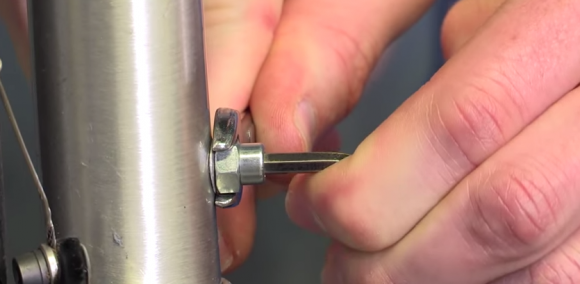
To check your work, move back the bolt and wiggle it to see if the rive-nut moves in the frame. If this doesn’t work take your bike to a shop and have that rive-nut drilled out and replaced with a dedicated tool.
